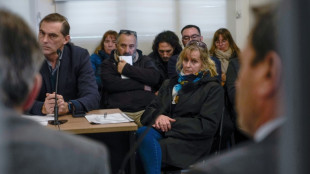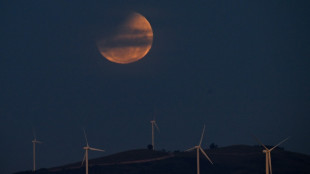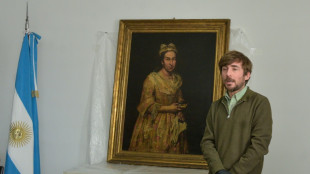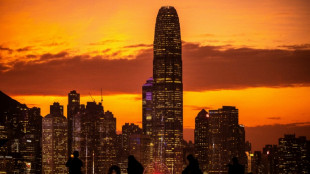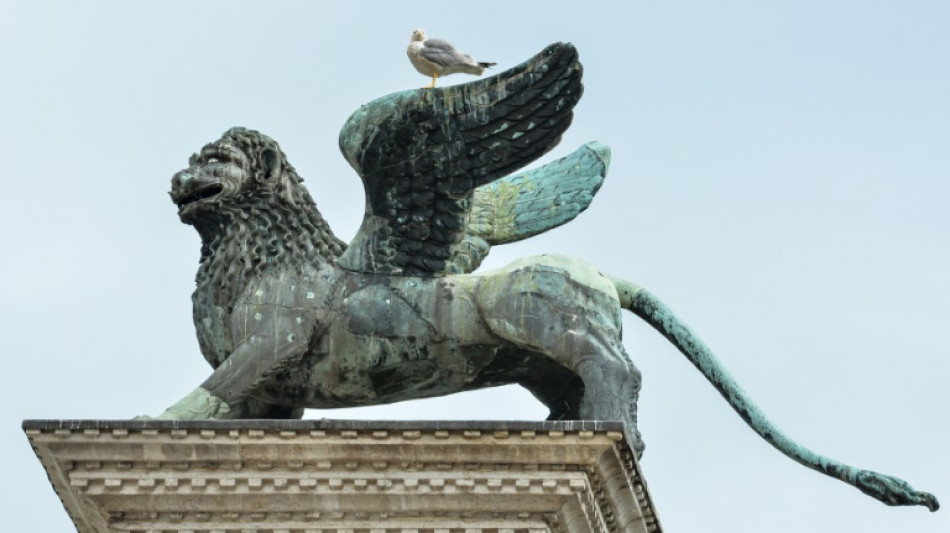
-
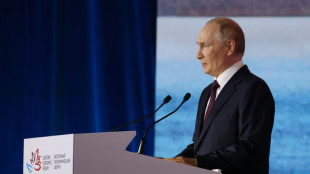 Putin threatens to target any Western troops sent to Ukraine
Putin threatens to target any Western troops sent to Ukraine
-
The massive debt behind France's political turmoil
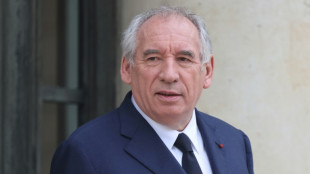
-
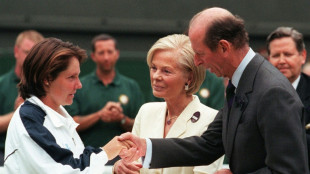 Britain's Duchess of Kent dies aged 92: palace
Britain's Duchess of Kent dies aged 92: palace
-
China to impose temporary duties on EU pork
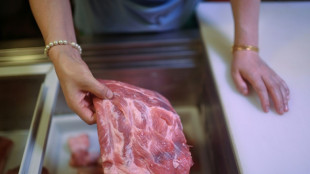
-
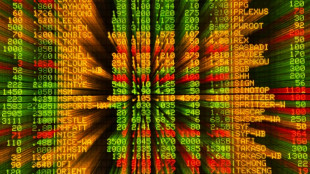 Stocks rise ahead of key US jobs data
Stocks rise ahead of key US jobs data
-
England's Stones out of Andorra, Serbia World Cup qualifiers
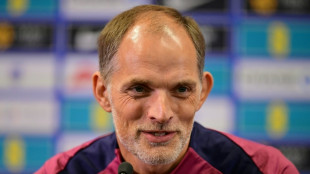
-
 Conservative Thai tycoon wins parliament vote to become PM
Conservative Thai tycoon wins parliament vote to become PM
-
Lebanon to discuss army plan to disarm Hezbollah
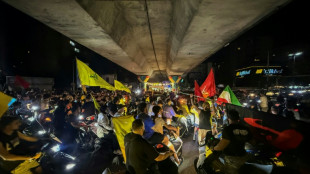
-
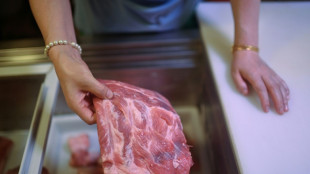 China to impose temporary duties on EU pork over 'dumping'
China to impose temporary duties on EU pork over 'dumping'
-
US sanctions Palestinian rights groups over ICC probe
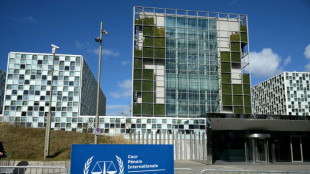
-
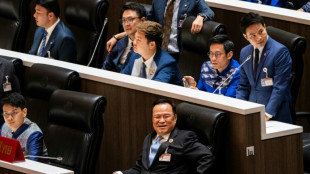 Sax-playing pilot Anutin lands Thai prime ministerial vote
Sax-playing pilot Anutin lands Thai prime ministerial vote
-
PSG's Geyoro joins London City Lionesses for reported women's world record £1.43 mn
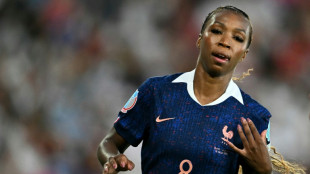
-
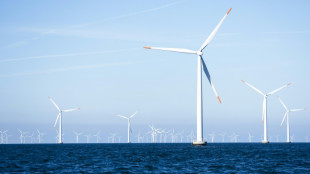 Danish wind giant sues US government over project halt
Danish wind giant sues US government over project halt
-
Asian, European markets rally ahead of US jobs data
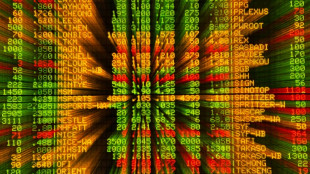
-
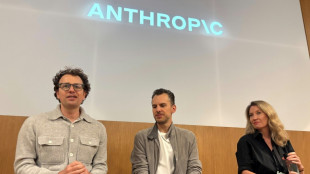 US AI giant Anthropic bars Chinese-owned entities
US AI giant Anthropic bars Chinese-owned entities
-
Powerful quake aftershocks cause more injuries in Afghanistan

-
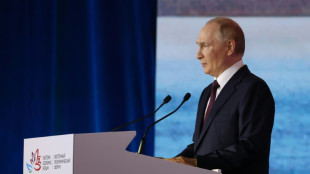 Putin threatens to target any Western troops in Ukraine
Putin threatens to target any Western troops in Ukraine
-
German factory orders drop in new blow to economy
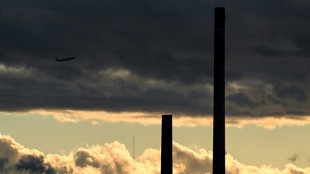
-
 Positivity wins as Anisimova wills way into US Open final
Positivity wins as Anisimova wills way into US Open final
-
Osaka eager for more after US Open run ends in semi-finals

-
 Savea-Kolisi clash one to savour, says All Blacks captain Barrett
Savea-Kolisi clash one to savour, says All Blacks captain Barrett
-
Cooling US jobs market in focus as political scrutiny heats up
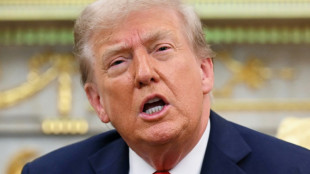
-
 Sabalenka returns to US Open final as Anisimova sinks Osaka
Sabalenka returns to US Open final as Anisimova sinks Osaka
-
Chinese firms pay price of jihadist strikes against Mali junta

-
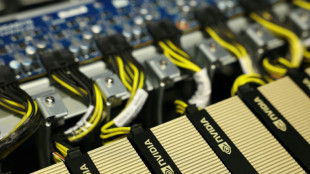 Europe's fastest supercomputer to boost AI drive
Europe's fastest supercomputer to boost AI drive
-
Super Bowl champion Eagles down Cowboys in NFL season opener
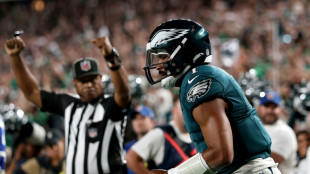
-
 New recipes help Pakistani mothers ward off malnutrition
New recipes help Pakistani mothers ward off malnutrition
-
'Brutal': Olympic pole vault champion Kennedy pulls out of worlds
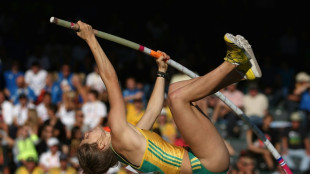
-
 Lebanon to discuss army's plan to disarm Hezbollah
Lebanon to discuss army's plan to disarm Hezbollah
-
Australia and Argentina primed for battle of the fittest

-
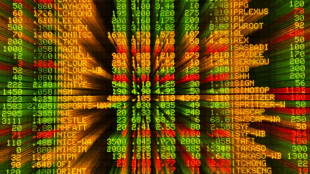 Asian markets rally as Chinese stocks selloff eases
Asian markets rally as Chinese stocks selloff eases
-
Messi hits emotional brace as Uruguay, Colombia, Paraguay seal World Cup spots
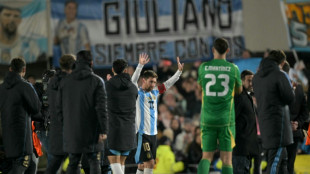
-
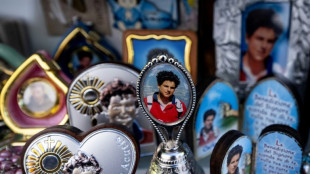 'God's Influencer' to become first millennial saint
'God's Influencer' to become first millennial saint
-
Trump rebrands Department of Defense as 'Department of War'

-
 Wildfires producing 'witches' brew' of air pollution: UN
Wildfires producing 'witches' brew' of air pollution: UN
-
Russia rejects Western security guarantees for Ukraine after coalition pledges force
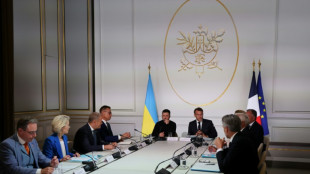
-
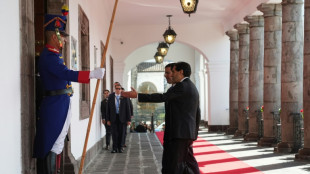 Rubio ramps up Ecuador support in tough anti-crime drive
Rubio ramps up Ecuador support in tough anti-crime drive
-
'Emotional' Sabalenka holds off Pegula to book US Open final return
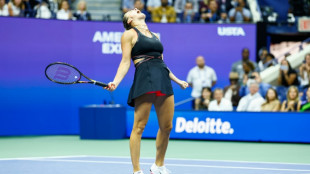
-
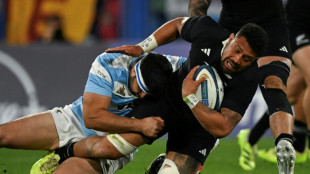 Records and revenge spur rivals in wide-open Rugby Championship
Records and revenge spur rivals in wide-open Rugby Championship
-
Sabalenka ready to 'kick ass' in Kyrgios 'Battle of Sexes'
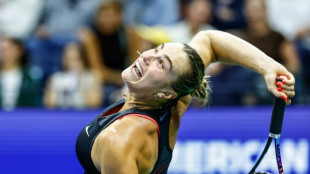
-
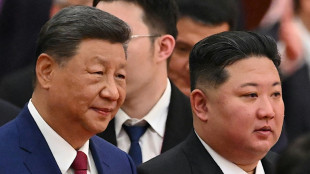 North Korea's Kim tells Xi hopes to 'steadily develop' ties: KCNA
North Korea's Kim tells Xi hopes to 'steadily develop' ties: KCNA
-
England's Brook rejects talk of Ashes rest after South Africa ODI series loss
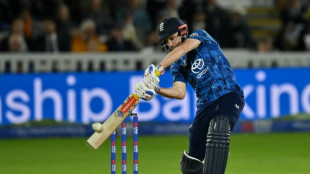
-
 Messi hits brace as Uruguay, Colombia, Paraguay seal World Cup spots
Messi hits brace as Uruguay, Colombia, Paraguay seal World Cup spots
-
Toulouse still 'the hunted' as Top 14 title defence kicks off
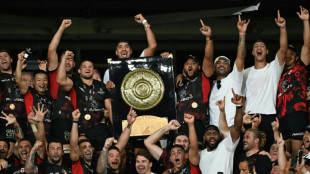
-
 Australia's Tupou headlines Top 14 new signings
Australia's Tupou headlines Top 14 new signings
-
Tuchel faces England questions as World Cup countdown begins
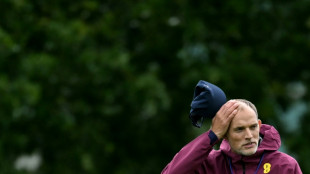
-
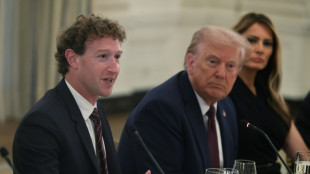 US tech titans pay hommage to Trump at White House dinner
US tech titans pay hommage to Trump at White House dinner
-
'Sleep under the stars': hotel mess in Brazil ahead of UN meet

-
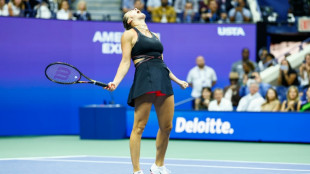 Sabalenka returns to US Open final as Osaka faces Anisimova
Sabalenka returns to US Open final as Osaka faces Anisimova
-
Uruguay, Colombia, Paraguay qualify for 2026 World Cup
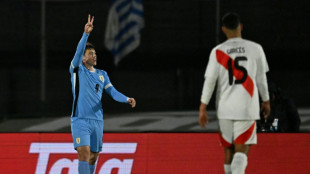

Made in China? The remarkable tale of Venice's iconic winged lion
A winged lion sculpture that symbolises the Italian city of Venice was made in China and went on a remarkable journey that possibly involved explorer Marco Polo's father and the court of Mongol emperor Kublai Khan, researchers suggested Thursday.
Every year millions of people pass under the Lion of Venice, an ancient bronze sculpture which looks out on the Venetian Lagoon from the top of a column on the main square Piazza San Marco.
However much about this icon of the Venetian Republic remains shrouded in mystery.
It bears clear signs of having had a life before being installed near Saint Mark's Basilica and Doge's Palace.
Over the centuries its ears have been shortened, its wings have been changed -- the sculpture even once had horns that were shorn off at some point.
"We don't know when the sculpture arrived in Venice, where it was reworked, who did it, or when it was erected on the column where it is still visible today," Massimo Vidale, an archaeologist at the University of Padua and co-author of a new study, said in a statement.
The only historical document that mentions the sculpture dates back to 1293, when it was already damaged and in need of repair.
The violet granite of the sculpture's column -- which could have been looted from the sacking of the ancient city Constantinople, modern-day Istanbul -- likely arrived in Venice shortly before 1261, the study said.
Hoping to shed light on the winged lion's mysterious past, a team of Italian researchers analysed lead isotopes in samples taken during a 1990 restoration.
The sculpture's copper ore was mined in the Yangtze River basin in China, the analysis revealed.
That is dramatically farther east than previous theories about where the sculpture came from, which include a 12th-century Venetian foundry, or somewhere in Anatolia or Syria during the Hellenistic period.
- A 'somewhat brazen idea' -
And it may not actually be a lion at all.
It more closely resembles tomb guardian sculptures called "zhenmushou" from China's Tang Dynasty (618–907 AD), the researchers said.
"These hybrid creatures share leonine muzzles, flaming manes, horns and raised wings attached to the shoulders, pointed upraised ears and, sometimes, partially humanised facial features," according to the study in the journal Antiquity.
Although made from different material, the zhenmushou sculptures that are still around look very similar to the Lion of Venice -- particularly its "bulbous nose", the study added.
So how did this tomb guardian make it all the way to Venice?
Perhaps in the luggage of Niccolo and Maffeo Polo, the father and uncle of the famed Venetian explorer Marco Polo, the researchers theorised.
Around 1265, the travelling merchants visited the court of the Mongol emperor Kublai Khan in Khanbalik -- modern-day Beijing.
They could have stumbled on the sculpture there, the researchers said.
Just years earlier the Republic of Venice had adopted the lion as its symbol, and "the Polos may have had the somewhat brazen idea of readapting the sculpture into a plausible (when viewed from afar) Winged Lion," the study said.
They could have then sent the sculpture to Venice along the trade route known as the Silk Road.
That was not the end of its travels. After French general Napoleon Bonaparte defeated the Venetian Republic in 1797, he moved the winged lion to Paris.
Broken into pieces, it did not return to Venice until 1815.
R.Braegger--VB

